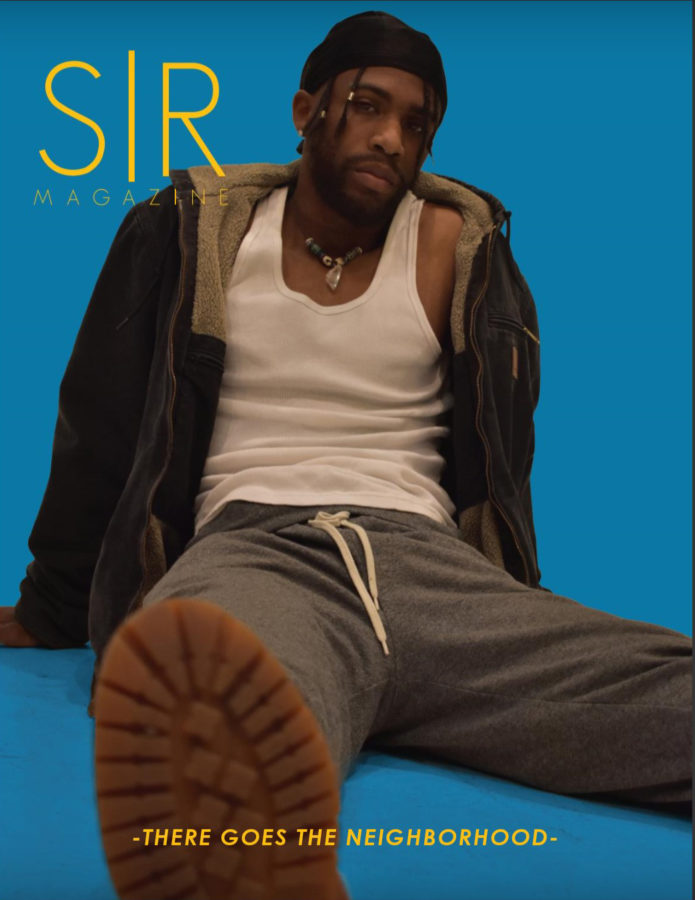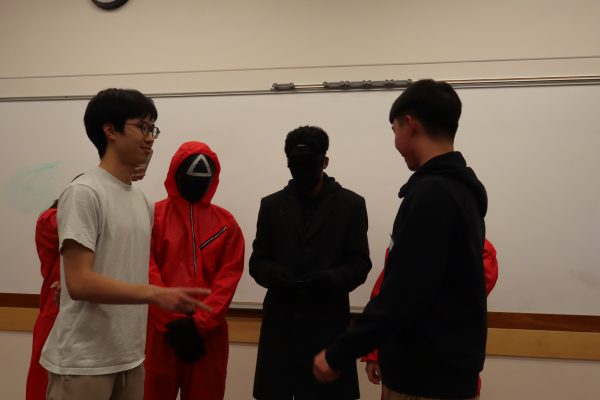Remembering Iowa State’s SIR Magazine
sir magazine fall 2017
Remembering Iowa State’s SIR Magazine
Beginning as a men’s health and lifestyle magazine, SIR Magazine, a student-run publication, drew inspiration in its early days from publications like Gentlemen’s Quarterly, Esquire and Maxim.
The magazine released its first issue in 2012, directed by founder John Lonsdale. During its publication, the magazine released two issues each year: a fall/winter issue and a spring issue.
Early issues detailed subjects involving elements of masculinity, such as navigating the college dating scene, men’s hygiene and lifestyle tips, fashion lookbooks, local and national athletics and the importance of consent and the college party scene.
Devon Jefferson, one of SIR’s former editors-in-chief, directed his first issue in the fall of 2014.
Despite controversy over the issue’s cover in 2014 and the coinciding loss of a faculty adviser the same year, SIR remained popular with students, and Jefferson learned how to deal with the backlash.
The original cover, inspired by the ‘50s magazine Man’s Life, featured pinup-style artwork designed by a member of SIR’s graphic team.
“[Our adviser] quit after the first issue that I did,” Jefferson said. “I remember she didn’t like what we were doing, the direction we were in.”
The magazine’s primary focus on men’s health and wellness in combination with the issue’s cover led some, including SIR’s former adviser, to feel the issue was misogynistic, according to Jefferson.
“I learned a valuable life lesson that day,” Jefferson said.
Greenlee professor Michael Bugeja provided Jefferson with support and mentorship throughout his time as editor-in-chief.
“He told me something along the lines of like, ‘You can’t have a negative reaction to every negative reaction someone has to your work,’ and that definitely stuck with me,” Jefferson said.
Jefferson recalls seeing the magazine staff grow to an all-time high during his time as editor-in-chief.
“I think the biggest staff I ever had was almost like a hundred-person staff,” Jefferson said.
Amidst its popularity, the magazine would print 5,000 issues at a time, which were free to students.
According to Jefferson, SIR’s fall 2015 issue was a fan favorite. It included a feature on New York Jets wide receiver Allen Lazard, a fall grooming guide for men and a “walk through the decade” lookbook, highlighting fashion from the ‘50s to the ‘80s.
At one point, SIR staff included multiple committees, which focused on fashion, design, editorial, photography and advertising. On average, it took staff 10-12 weeks to complete and print an issue.
SIR gained recognition with launch parties following an issue’s release.
“I was always big on having a launch party,” Jefferson said, “because at the time, I thought that was important, and I think it was at the time, to build our buzz.”
According to Jefferson, the parties would showcase a fashion show and student performances.
Hugo Bolanos, who was an editorial writer for SIR’s spring 2016 issue, got connected with SIR through Jefferson’s predecessor and former Editor-in-Chief Michael Finn.
“He was like, ‘Come with me to the release party,’” Bolanos said. “ I think that’s when they really started getting notoriety.”
After the event, Bolanos checked out the magazine’s website and decided to attend a meeting.
“Just the vibe and the culture there, there was something that made me want to be a part of it,” Bolanos said.
The magazine’s creative direction changed with each new editor-in-chief and set of staff. SIR was unique in that it left room for flexibility in overall content and message while keeping with the general themes of culture and lifestyle.
In 2017, Jefferson passed down the magazine to Tre Moore, who remained as editor-in-chief until the following year.
“He took it in a completely different direction, too,” Jefferson said. “I think that was kind of part of the rise and demise of SIR.”
During the course of its publication, SIR evolved from a men’s fashion and lifestyle magazine with inspiration from publications like GQ and Maxim to a more general showcase of art, culture and diversity.
Later issues focused more on visual elements, primarily showcasing stand-alone looks and elements of fashion with photography and creative direction.
“It took so many iterations in such a short amount of time, and I think that was great because it allowed the people at the helm at the time to be able to express their creativity in a way that best suited them and allow the magazine to evolve into whatever iteration it was at that point in time,” Jefferson said.
According to Jefferson, staff turnover and difficulty meeting the university requirements for student organizations were both factors leading to the discontinuation of SIR.
“They didn’t leave a consistent blueprint for someone,” Jefferson said. “Number one, I don’t know if there was anybody that was willing to do the job, and, number two, I don’t know if they were able to get the proper structure of the organization to be in good standing as a student organization.”
In the spring of 2019, SIR Magazine published its fourteenth and final issue.
Print and digital copies of SIR can be found through the Parks Library archives or online on the Issuu website.
Your donation will support the student journalists of the Iowa State Daily. Your contribution will allow us to purchase equipment, send our student journalists to conferences and off-set their cost of living so they can continue to do best-in-the-nation work at the Iowa State Daily.












